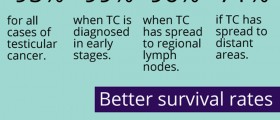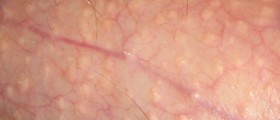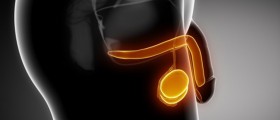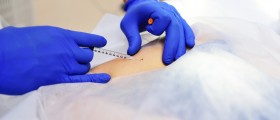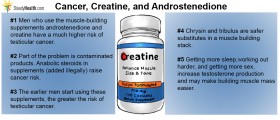Recently i noticed a small reddish bump pop on on my left testicle over the past weeks. Twenty four years old, not sexual active, never have been, Its small but not firm, not feeling any pain from it or scratching. I thought it was a hair bump but trying to train it and nothing came out. Anyone know what this thing is? I don't really have a sweat problem down there and clean myself properly.
Loading...
Hello, guest.
Noticing a new bump on your testicle can be concerning, and it's good that you're paying attention to changes in your body. Given your description, there are a few possibilities:
-
Cyst or Benign Growth: It's common for men to develop small cysts or benign growths on or around their testicles. These are generally harmless but should be monitored for changes.
-
Infection or Inflammation: Even if you're not sexually active, infections or inflammation can occur. This might be due to a variety of non-sexual factors, such as hygiene or minor injuries.
-
Ingrown Hair or Pimple: The genital area can develop pimples or ingrown hairs, similar to other parts of the body. These are usually harmless but can sometimes get infected.
-
Other Dermatological Issues: Skin conditions can also occur in the genital area, causing bumps or lumps.
It's important to note that most causes of testicular bumps, especially in younger individuals, are benign (non-cancerous). However, it's essential to rule out any serious conditions:
- Testicular Cancer: Although less likely, especially given the absence of pain and the small size of the bump, testicular cancer is something that should always be considered and ruled out. Testicular cancer is most common in younger men, typically between the ages of 15 and 35.
Since you're not experiencing pain or discomfort, this might not be an urgent issue, but it's still important to have it checked. The best course of action is to schedule an appointment with a urologist, for an examination.
In the meantime, continue to monitor the bump for any changes in size, shape, color, or if you start experiencing pain or other symptoms. And remember, it's always better to be cautious and have any new or unusual changes checked by a healthcare professional.
Loading...


